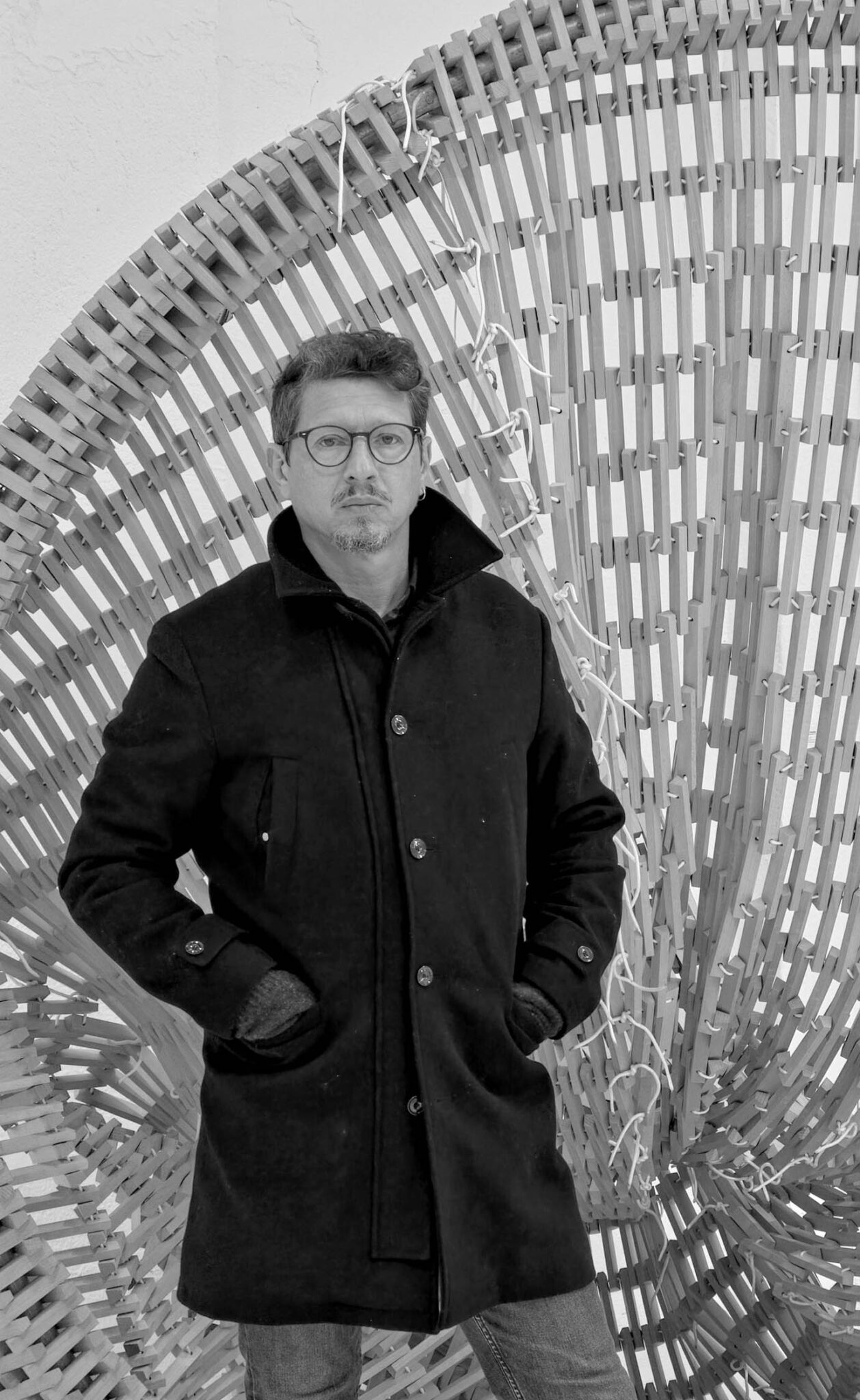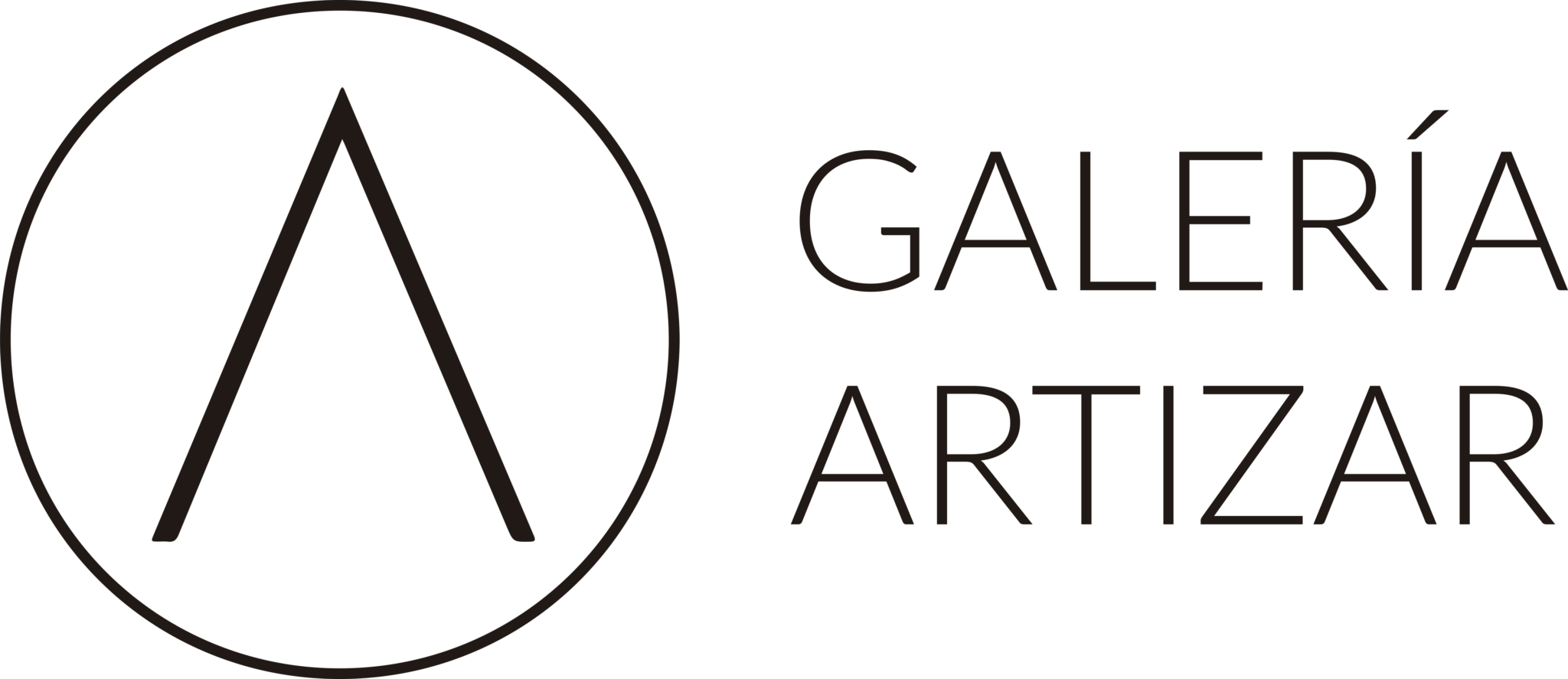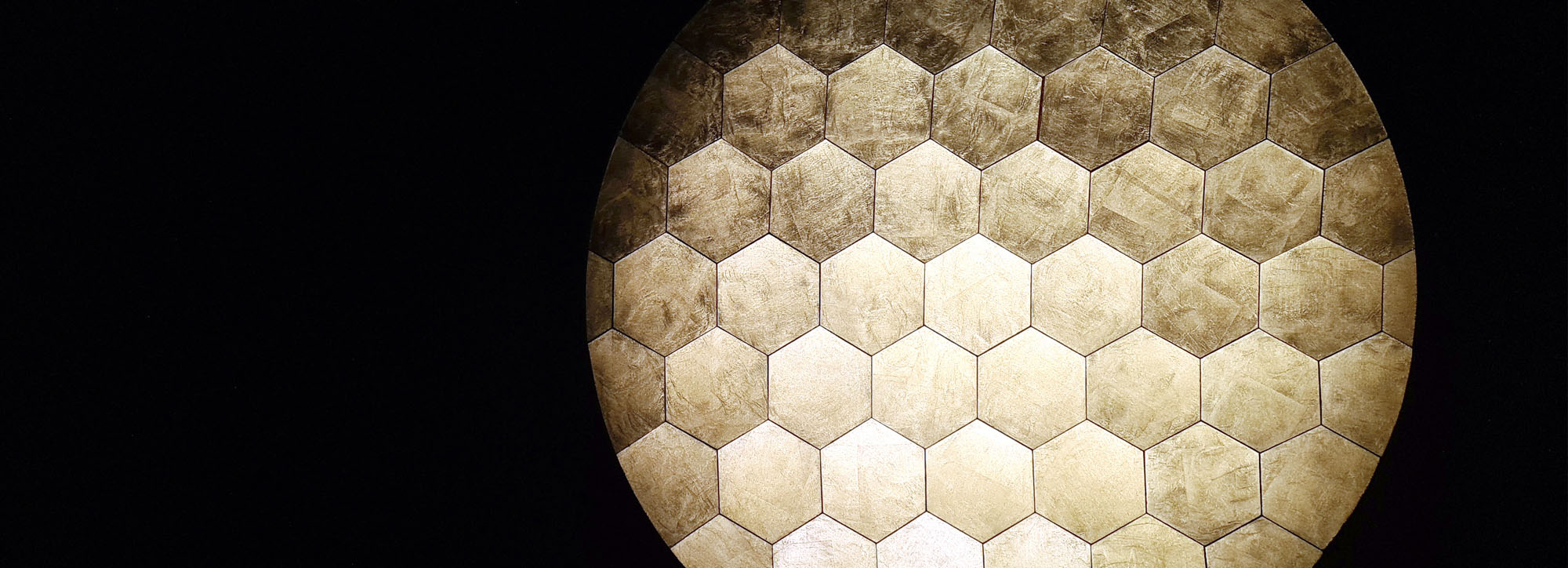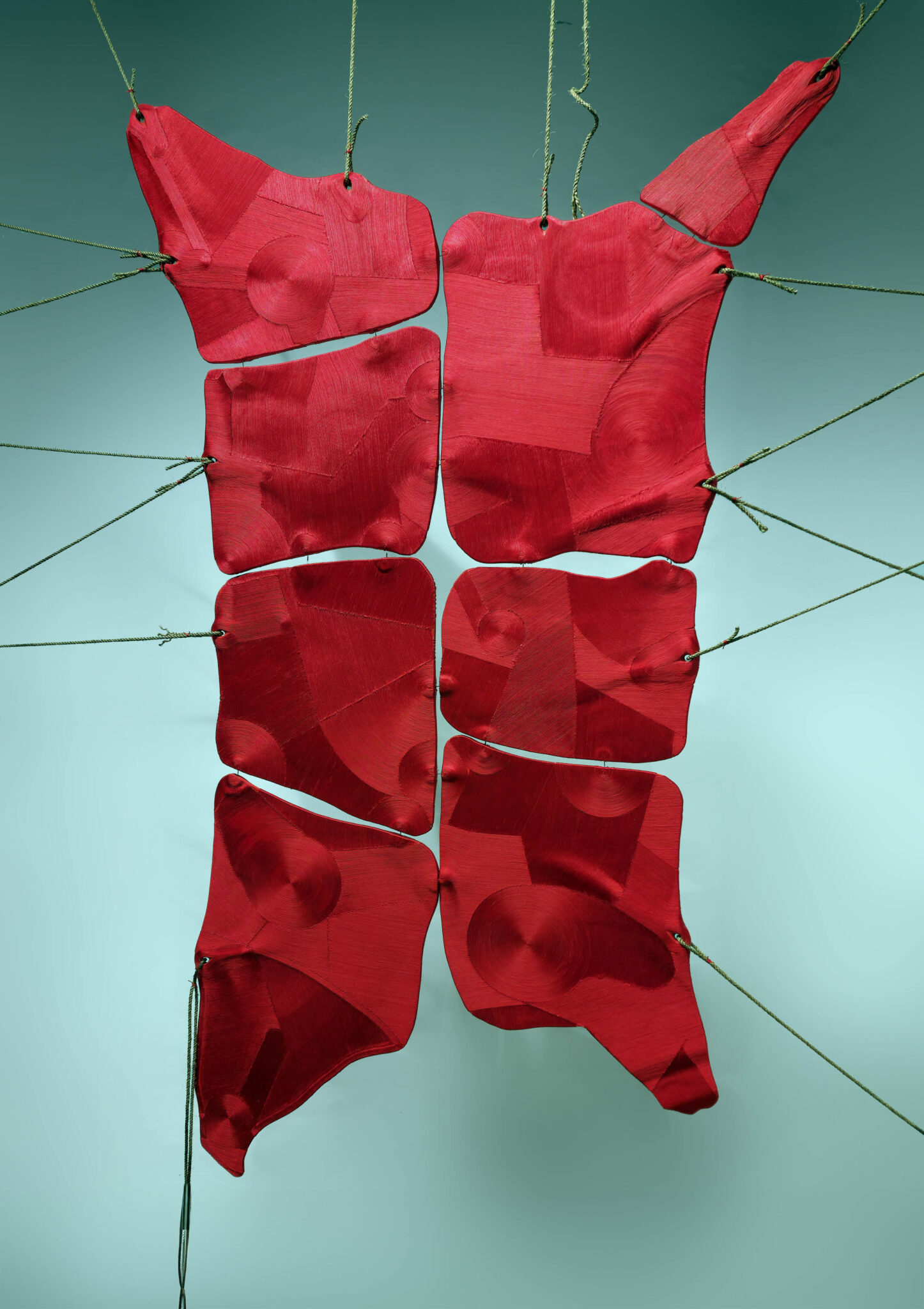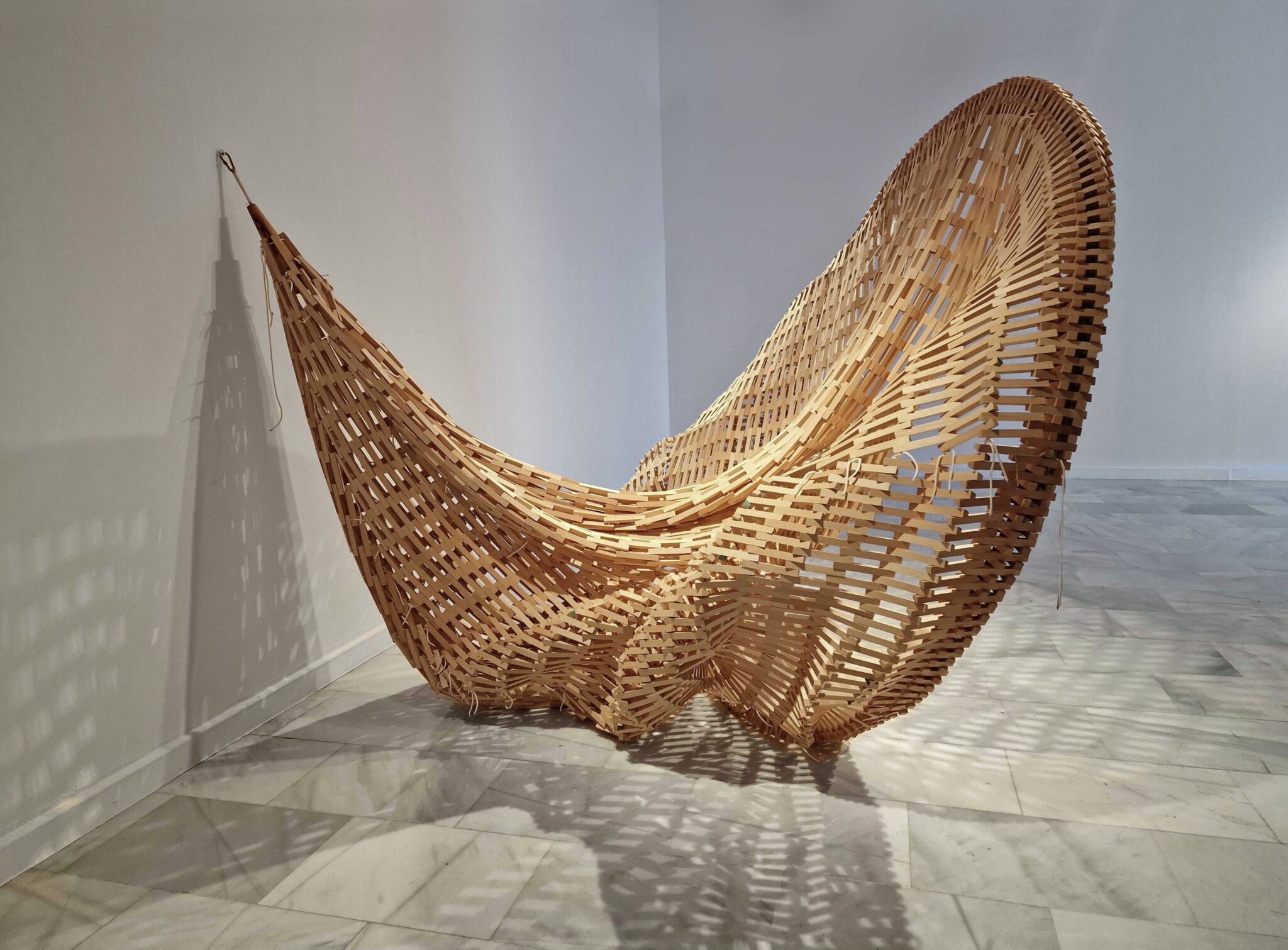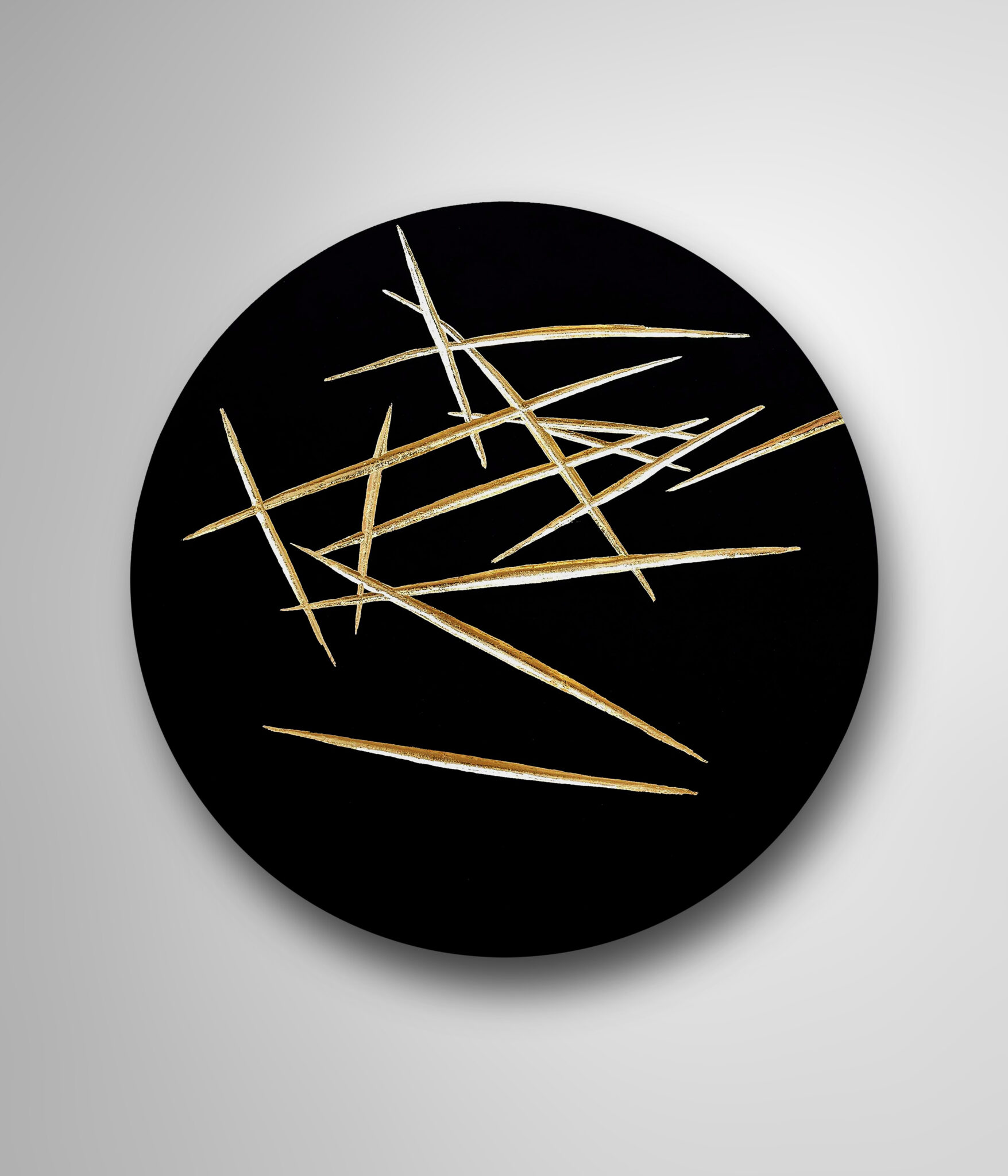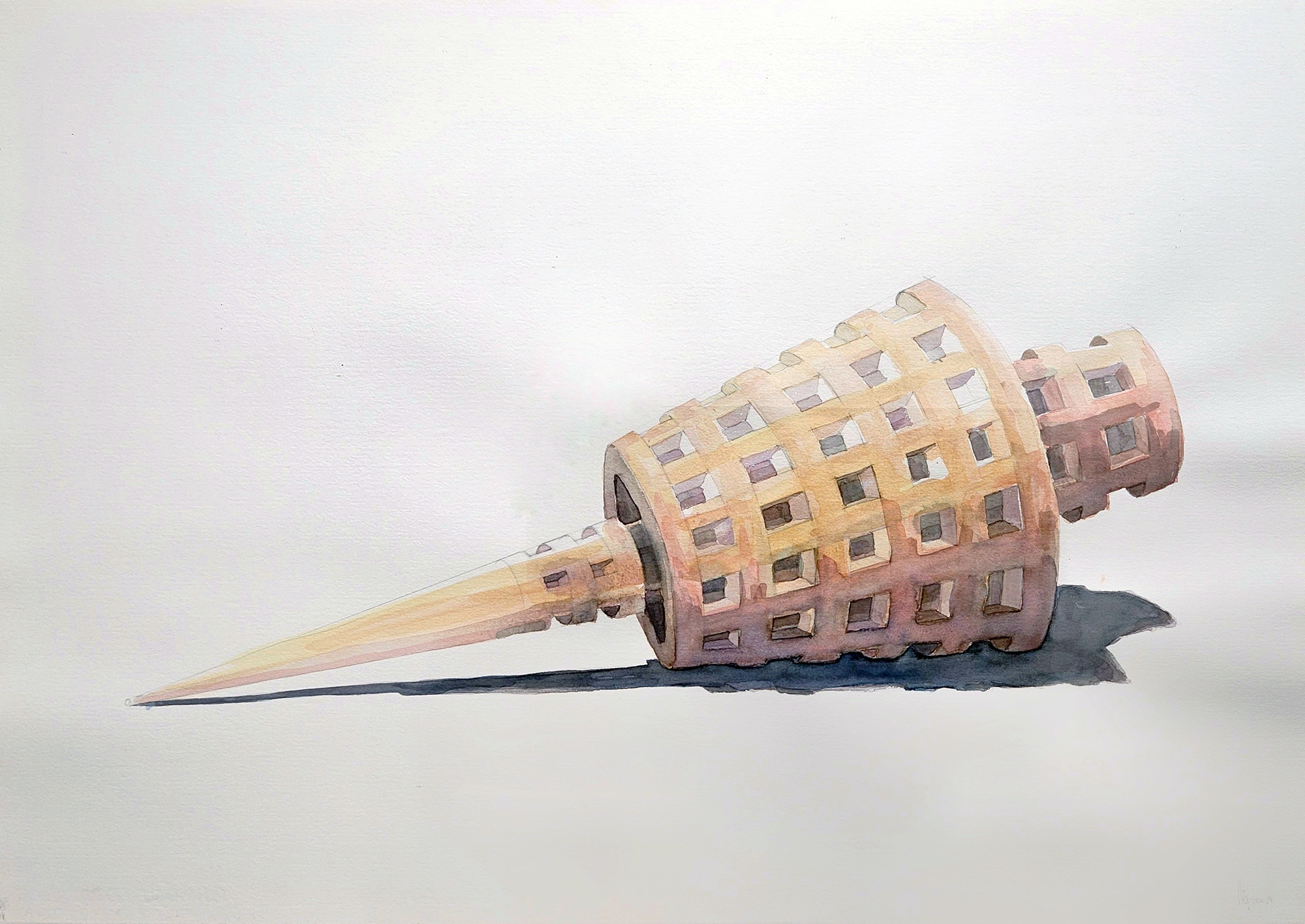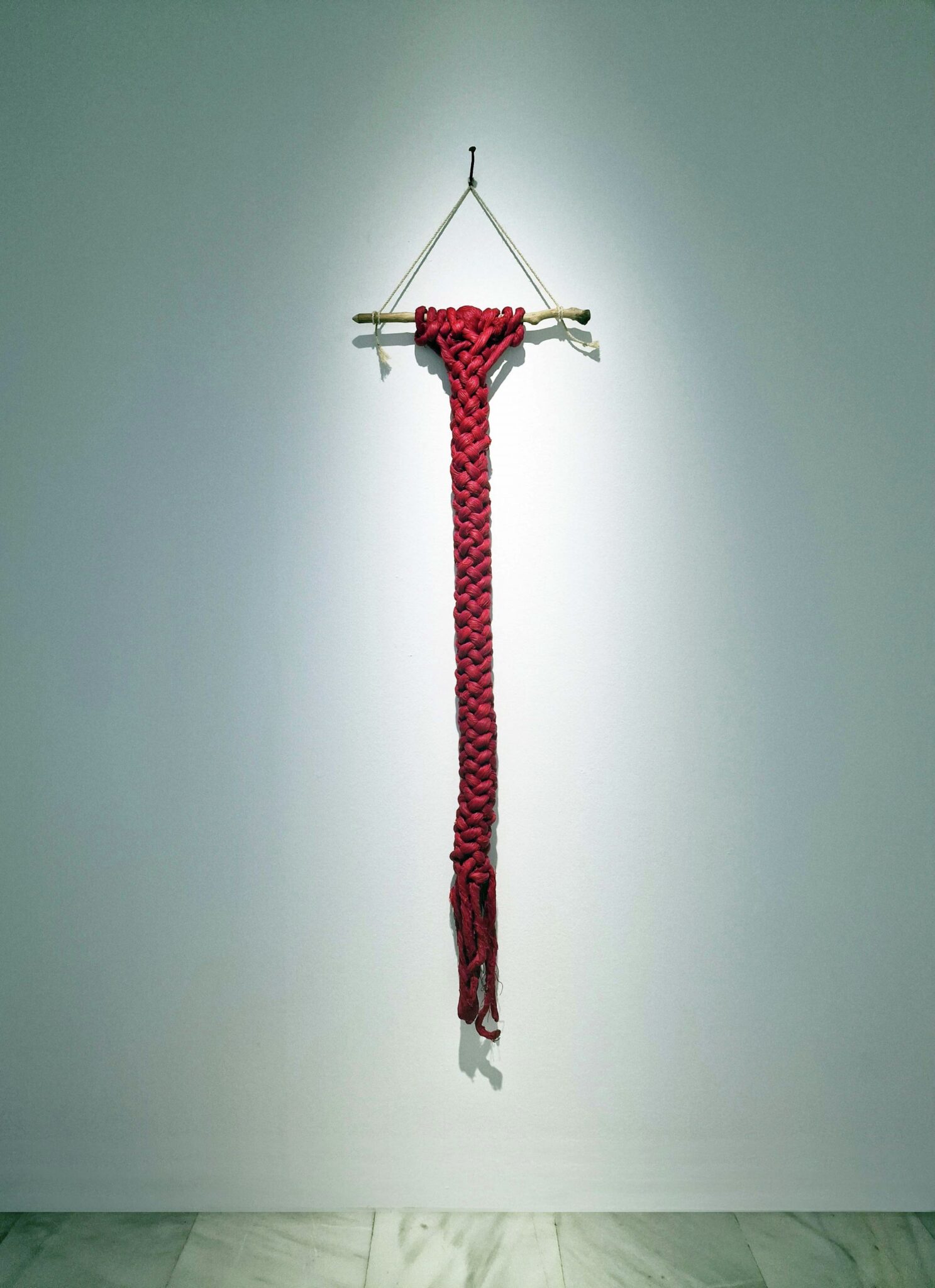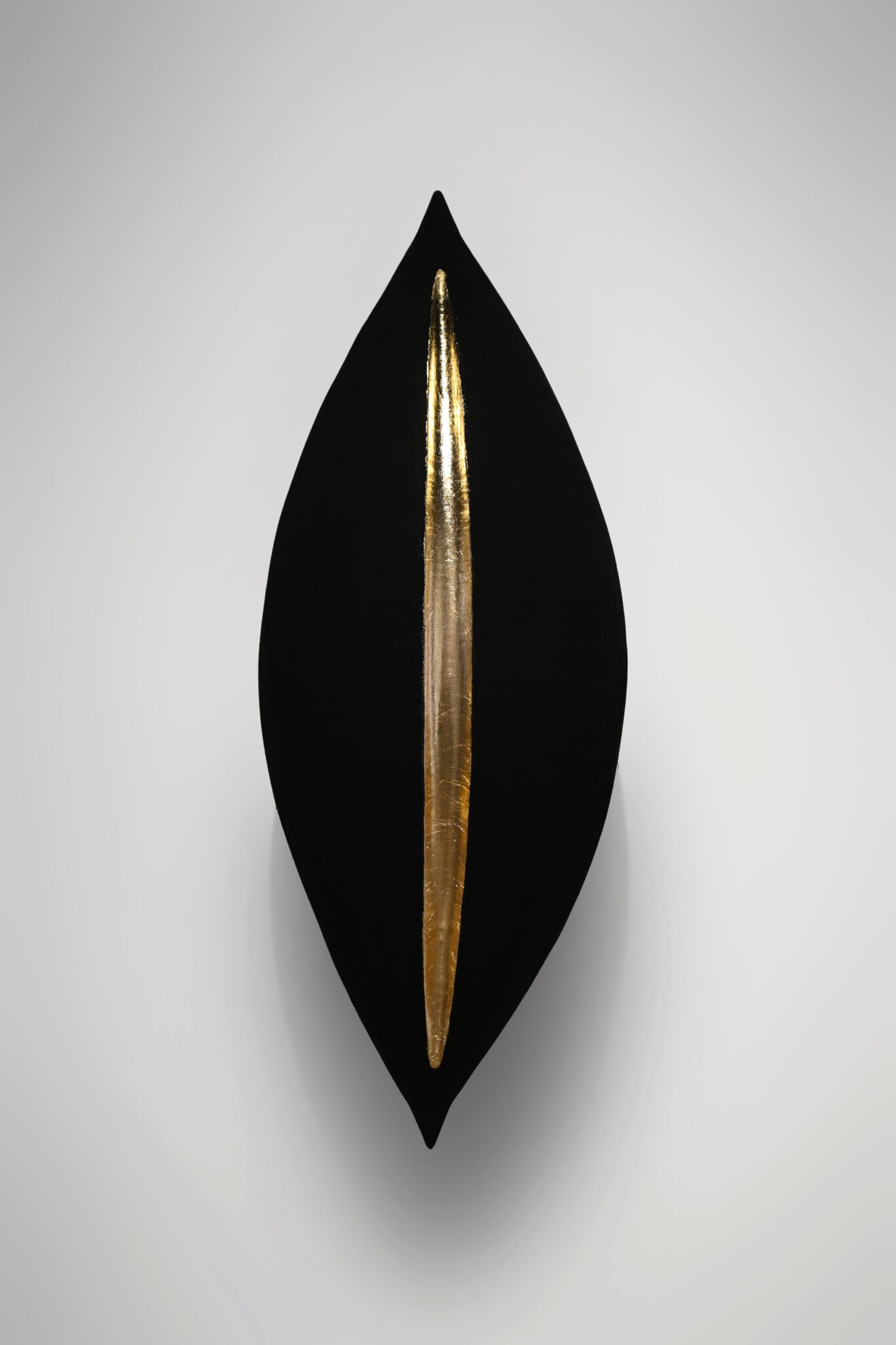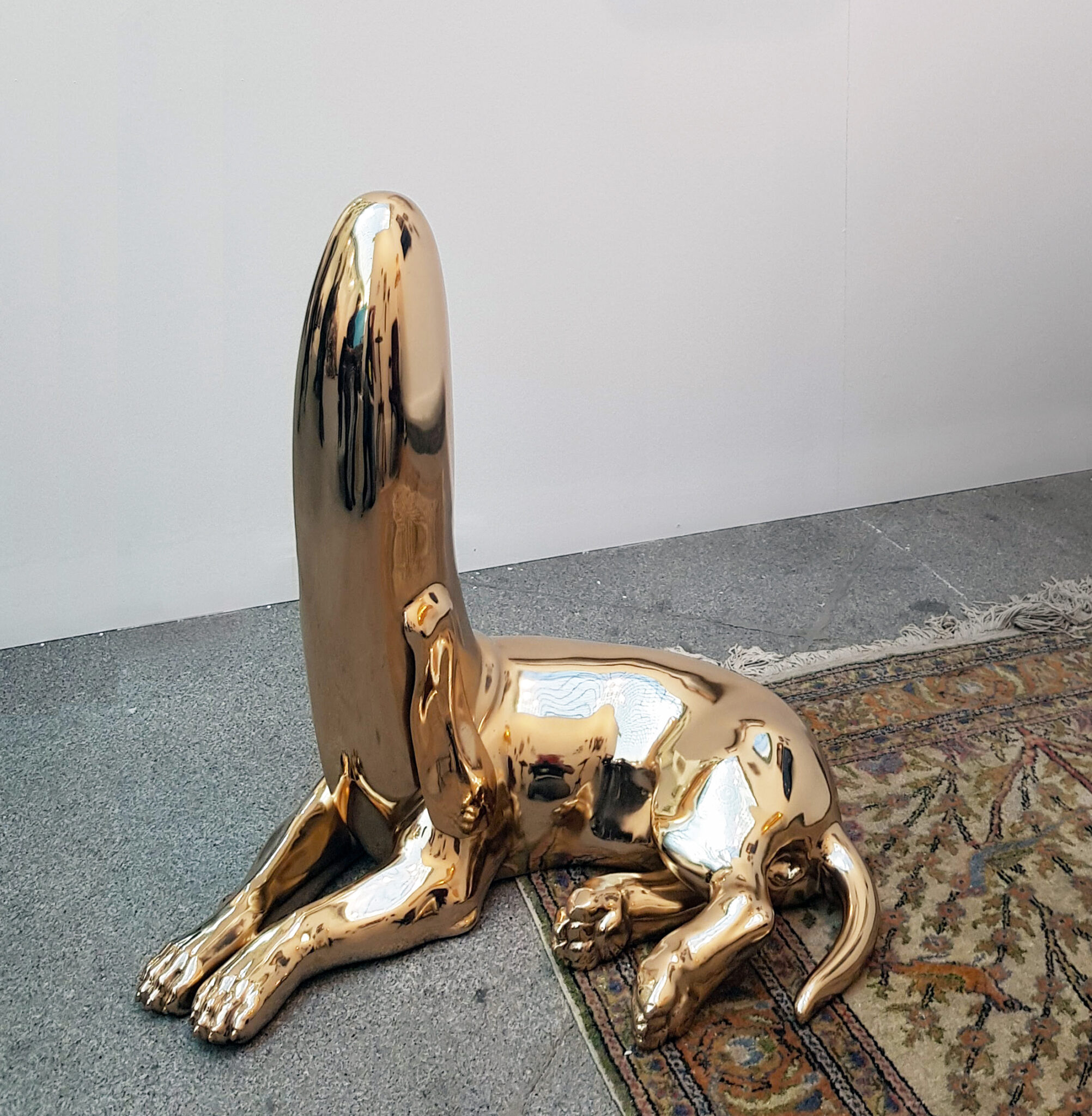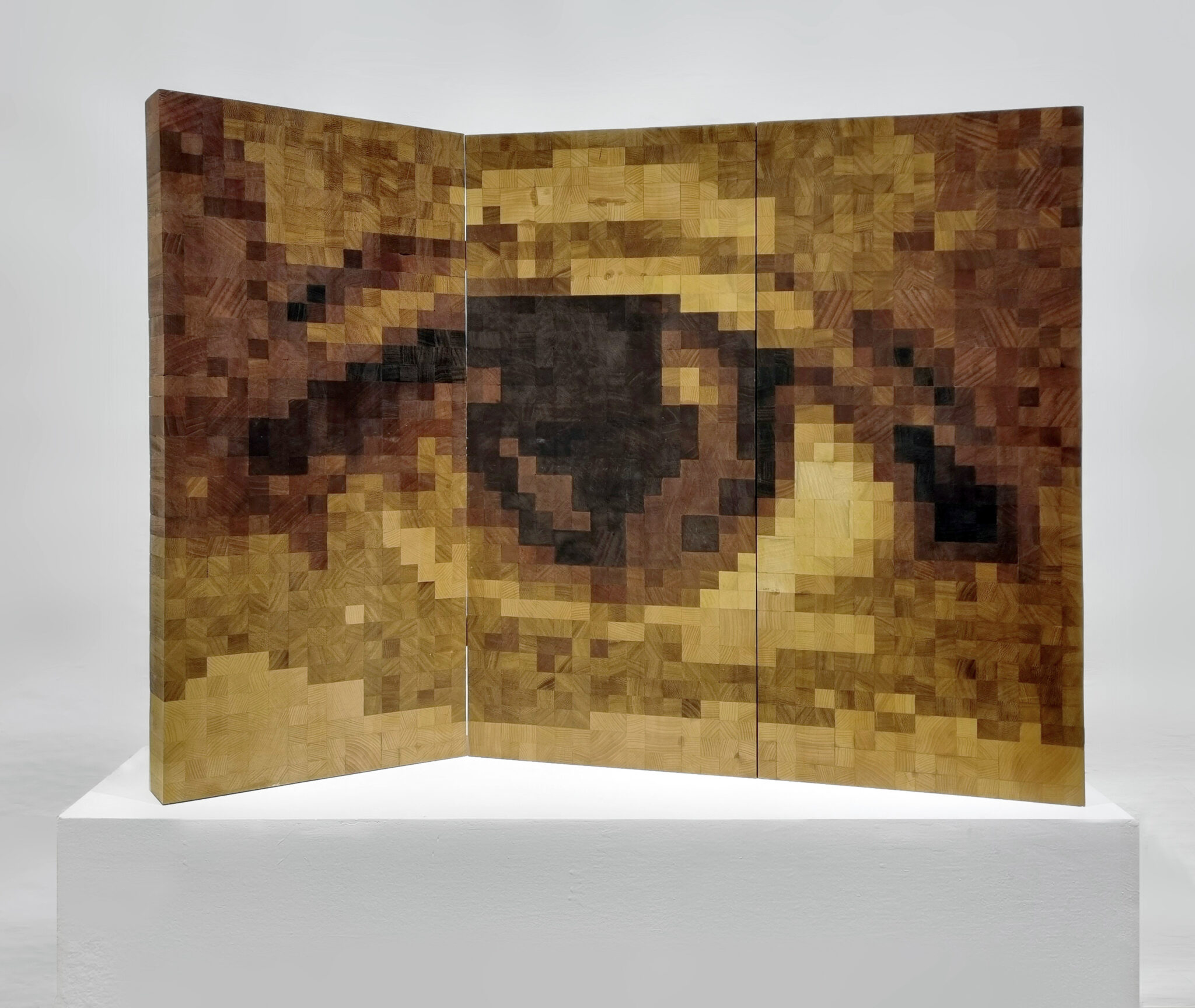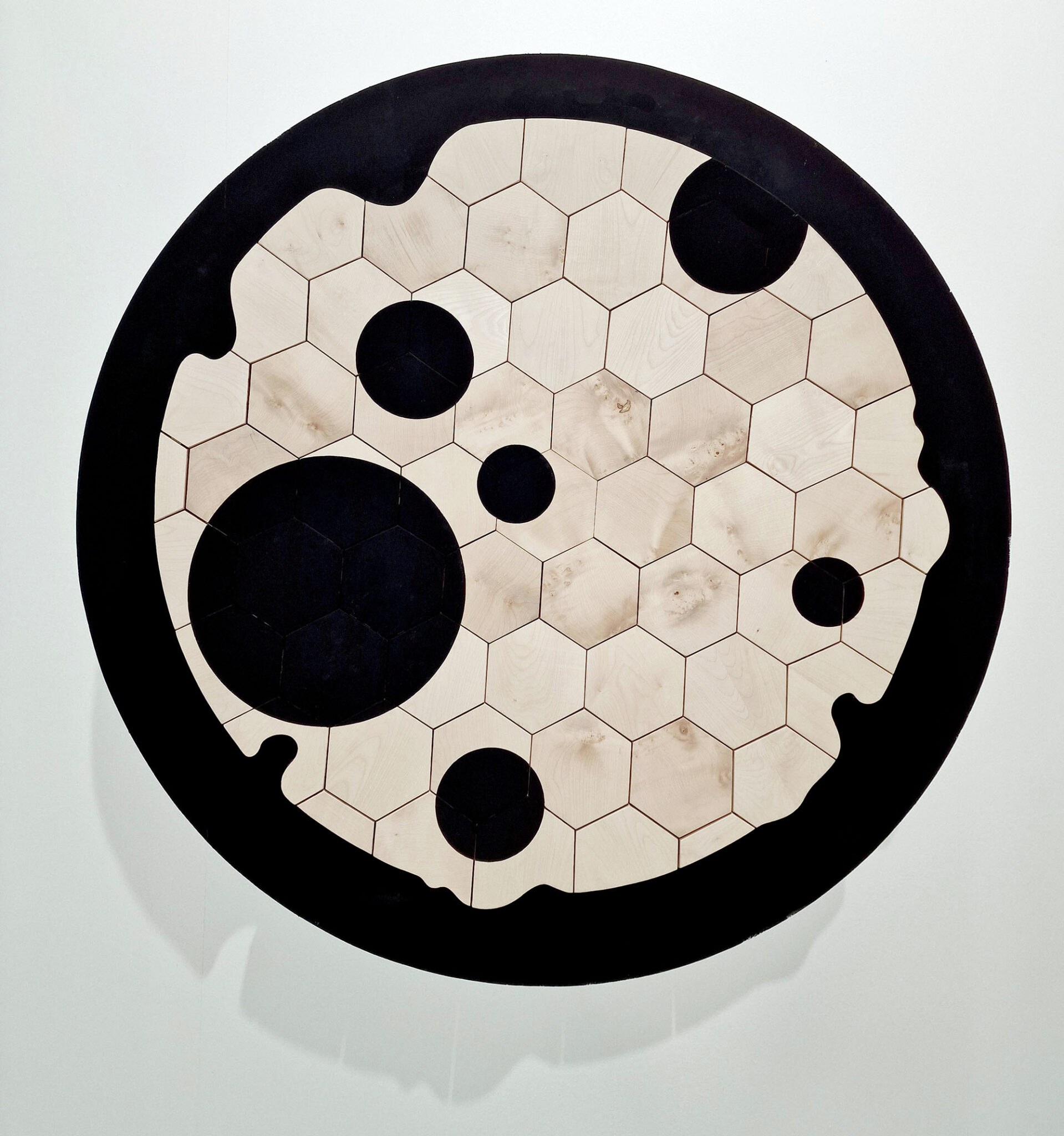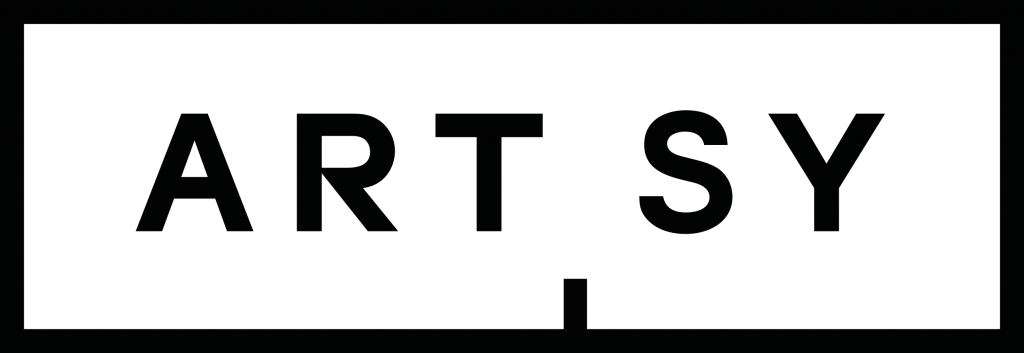He earned his degree in Fine Arts from the University of La Laguna and began exhibiting his work in 2002. His works have been selected for exhibitions in both Las Palmas and Tenerife, earning top prizes such as the Excellens sculpture award from the Royal Academy of Fine Arts of San Miguel Arcángel (2011) and the Manolo Millares CajaCanarias First Prize (2009). In 2006, he held his first solo exhibition, titled “Buscador de nortes” (North Seeker), where, under the motto “where everything is done and everything to be done,” he presented a collection of veiled tributes to some of the sculptors he admires, including Brancusi and Giacometti. He currently works with galleries in Miami, Madrid, Lisbon, and Tenerife.
His exhibitions include “Antinatura/Sinbiología” (Artizar Gallery 2010-2012) and “Osmosis. Blancas + Nicanor” (TEA Tenerife Espacio de las Artes, 2015), as well as his participation in the XII Havana Biennial within the “Detrás del Muro” (Behind the Wall) project, with the installation “Lemon Way,” where he built a path of yellow wooden tiles that crossed the Malecón to end in the Caribbean, heading towards Florida. Other solo exhibitions include “Dile a Caronte que le traigo flores” (Tell Charon I bring him flowers) in 2020 at the CajaCanarias Foundation in Tenerife, and “De la carne al hueso, del hueso al alma” (From flesh to bone, from bone to soul) in 2023 at the CAAM in Las Palmas de Gran Canaria.
Nicanor is a Brossian sculptor. One only has to look at some of his latest works to understand that his creativity aspires to shape a work that will be a caustic alteration of the object and its meaning, always proposing a new and unusual one, and that such work postulates in many cases a Dadaist position that brings him closer to Arp and Duchamp. Carlos Nicanor’s sculptural intensity is of a poetic nature. Perhaps that is why his work seems so comfortable and rigorously expressive when he embraces the legacy of the avant-garde, especially Dadaism, and its ability to make self-sufficient objects, closed entities with which a cultural key is essential to communicate.
